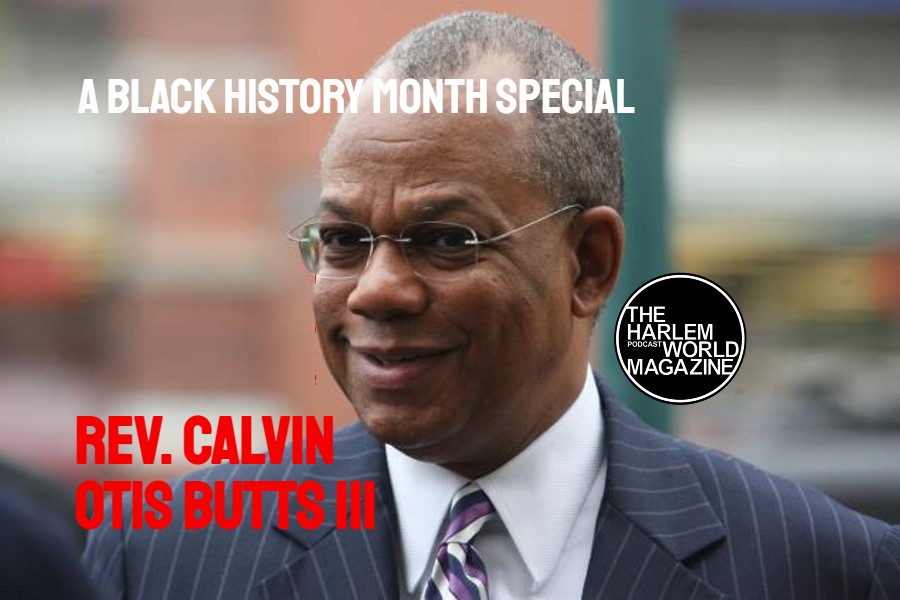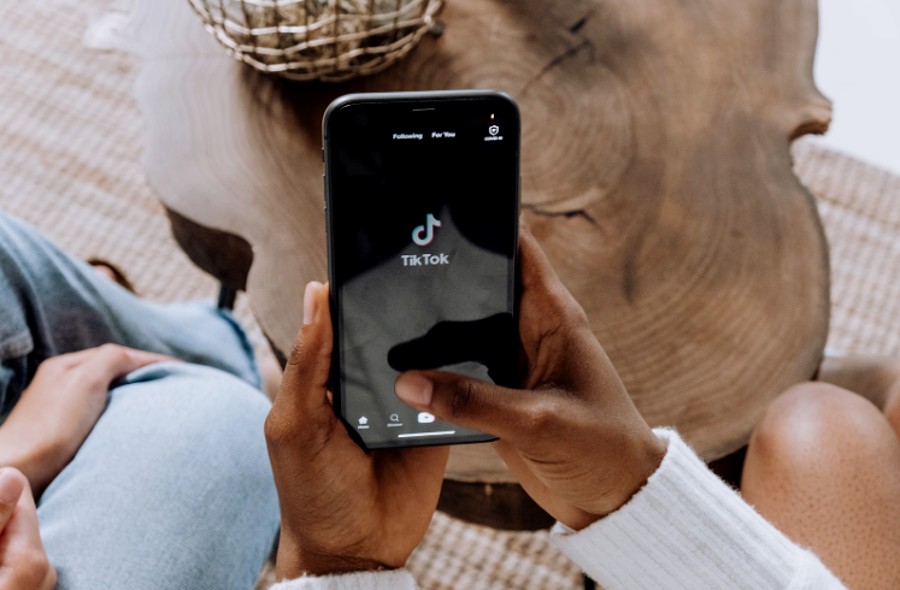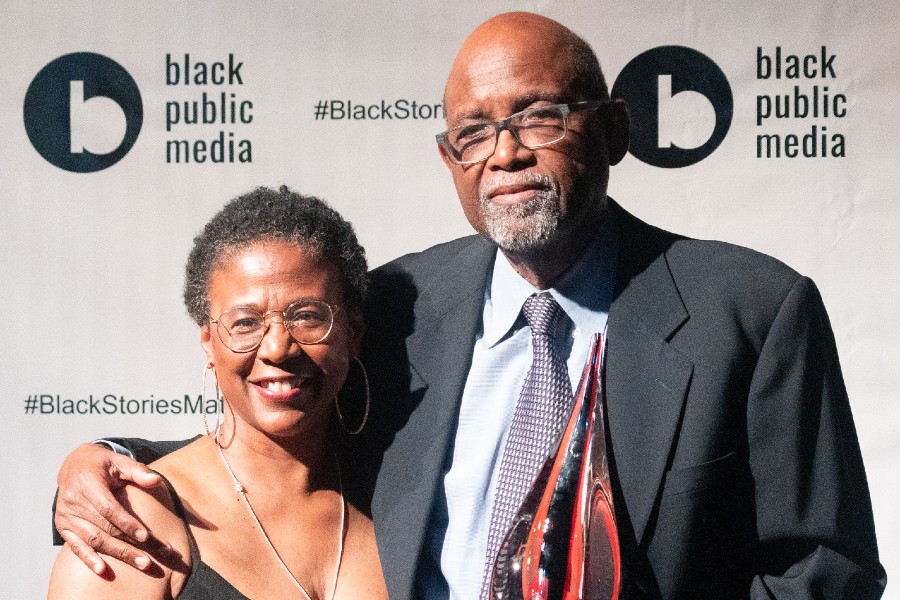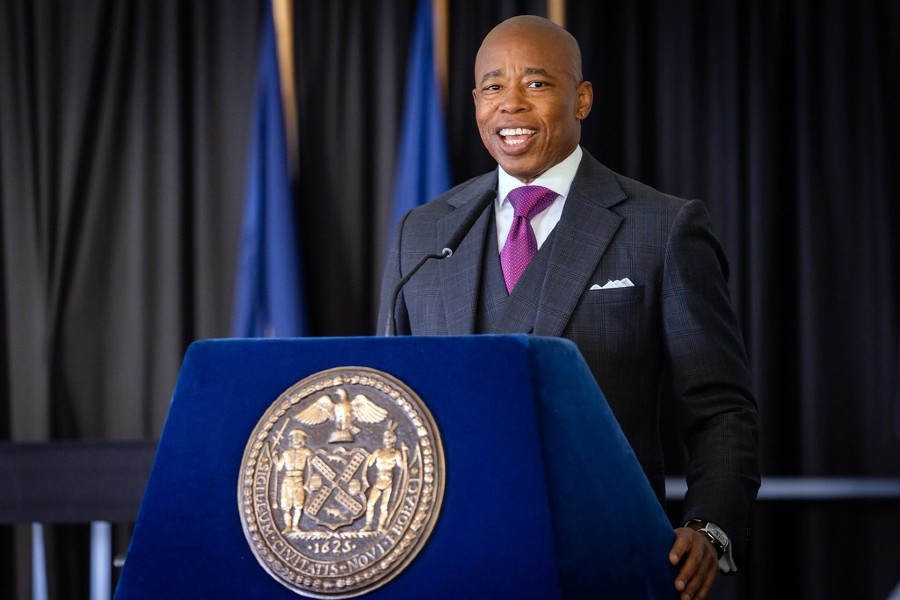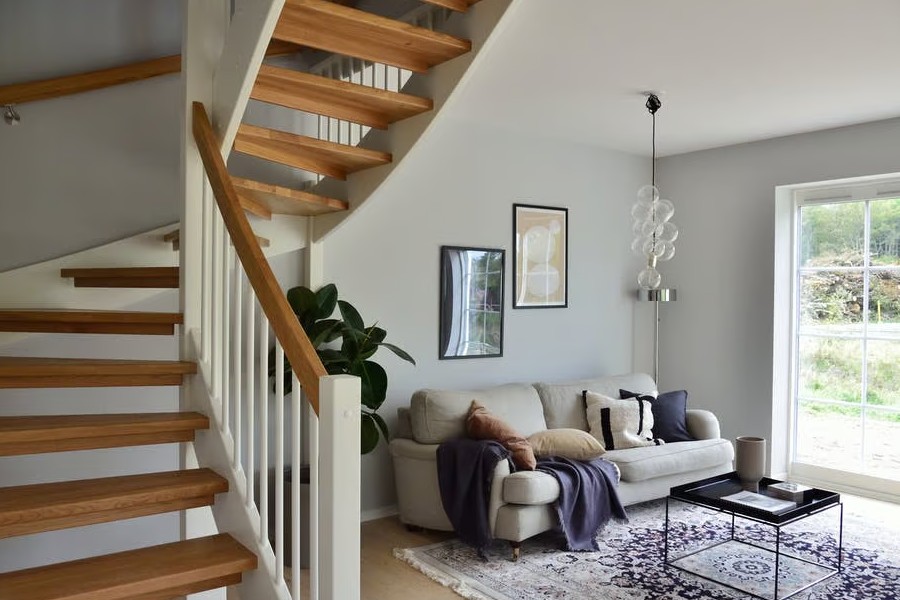 The Church of the Master opened as the Morningside Presbyterian Church in November 1893. William C. Haskell designed a little Victorian style building in orange brick in a neighborhood called Harlem of recently built brownstones opposite Morningside Park.
The Church of the Master opened as the Morningside Presbyterian Church in November 1893. William C. Haskell designed a little Victorian style building in orange brick in a neighborhood called Harlem of recently built brownstones opposite Morningside Park.
The photograph of the historic, century-old house of worship Church of the Master looks east at 92 Morningside Avenue building in the 1930’s. The 115 year-old neighborhood brick institution was on the southeast corner plot on Morningside Avenue and 122nd Street.
The NY Times reported that in 1938, a young black graduate of the Union Theological Seminary, James H. Robinson, took over the church. Mr. Robinson developed a long and influential ministry out of what he renamed the Church of the Master.
Another parishioner, Margaret Riley, was there on the first day with her husband and 7-year-old son. They had been going to St. James Presbyterian Church on West 142nd Street, but lived at 113th Street and St. Nicholas Avenue. They could save carfare by going to a closer church and “every dime counted then,” she says.
Harlem was originally built as a white area, but by 1935 Central Harlem north of 125th Street was almost entirely black, and blacks had formed a settlement around 118th Street and Manhattan Avenue that was expanding north and west. Whites often bitterly protested these changes.
In his 1937 report, the Rev. William Bishop Gates, pastor of Morningside Presbyterian, reported “a new interest and vitality in the church” even though there had been no communicants’ class the year before, and most members lived well outside the immediate neighborhood. Mr. Gates lived on Riverside Drive. In March 1938, the Presbytery of New York closed the church; the New York Times reported “an influx of Negroes in large numbers into the vicinity” as the cause.
Churches were no exception to racial conflict. In 1929, St. Matthew’s Episcopal Church in Brooklyn banned blacks; the tenor of protests by other pastors, by Representative Hamilton Fish Jr., and by the N.A.A.C.P. suggests that such a ban was unusual but not unthinkable. In 1932, the vestry of All Souls, an Episcopal Church at 114th Street and St. Nicholas Avenue, withheld its rector’s salary because he encouraged blacks to become members. It is difficult to find evidence of white churches accommodating new nonwhite populations; the typical church in a changing neighborhood simply shut down.
Sheared H. Wright, the Church of the Master’s historian, said the old Morningside Presbyterian Church remained closed until May 1938 when Harry Emerson Fosdick, the pastor of Riverside Church, encouraged a young black graduate of the Union Theological Seminary, James H. Robinson,to take it over. Mr. Robinson developed a long and influential ministry out of what he renamed the Church of the Master.
The first service had only 10 people, but by 1960, when Mr. Robinson retired, the congregation was over 1,000.
In 1972, the church completed a new community center south of the parish house. Designed by Victor Christ-Janer, this modern concrete building forms an unexpectedly pleasing contrast with the older church.
Memories are murky as to exactly what followed but according to Mr. Missick, “somebody told them” that the old building “was structurally unsafe” and the congregation began worshiping in the new building. They simply locked the old church, and the boards over its windows have made it a Harlem curiosity ever since.
But in 1993 two things happened. First, the condition of the old building, essentially abandoned, worsened to the point that demolition or repair was necessary. Second, Chopin Morse, an acolyte at the church, was caught in the middle of a gang fight at a concert and stabbed to death, plunging the parish into mourning. Mr. Missick started his “praise and pizza” program, a gathering place for young people on Friday nights.
Almost a decade later, the church was demolished to make room for a condominium.
Related articles

Become a Harlem Insider!
By submitting this form, you are consenting to receive marketing emails from: Harlem World Magazine, 2521 1/2 west 42nd street, Los Angeles, CA, 90008, https://www.harlemworldmagazine.com. You can revoke your consent to receive emails at any time by using the SafeUnsubscribe® link, found at the bottom of every email. Emails are serviced by Constant Contact







